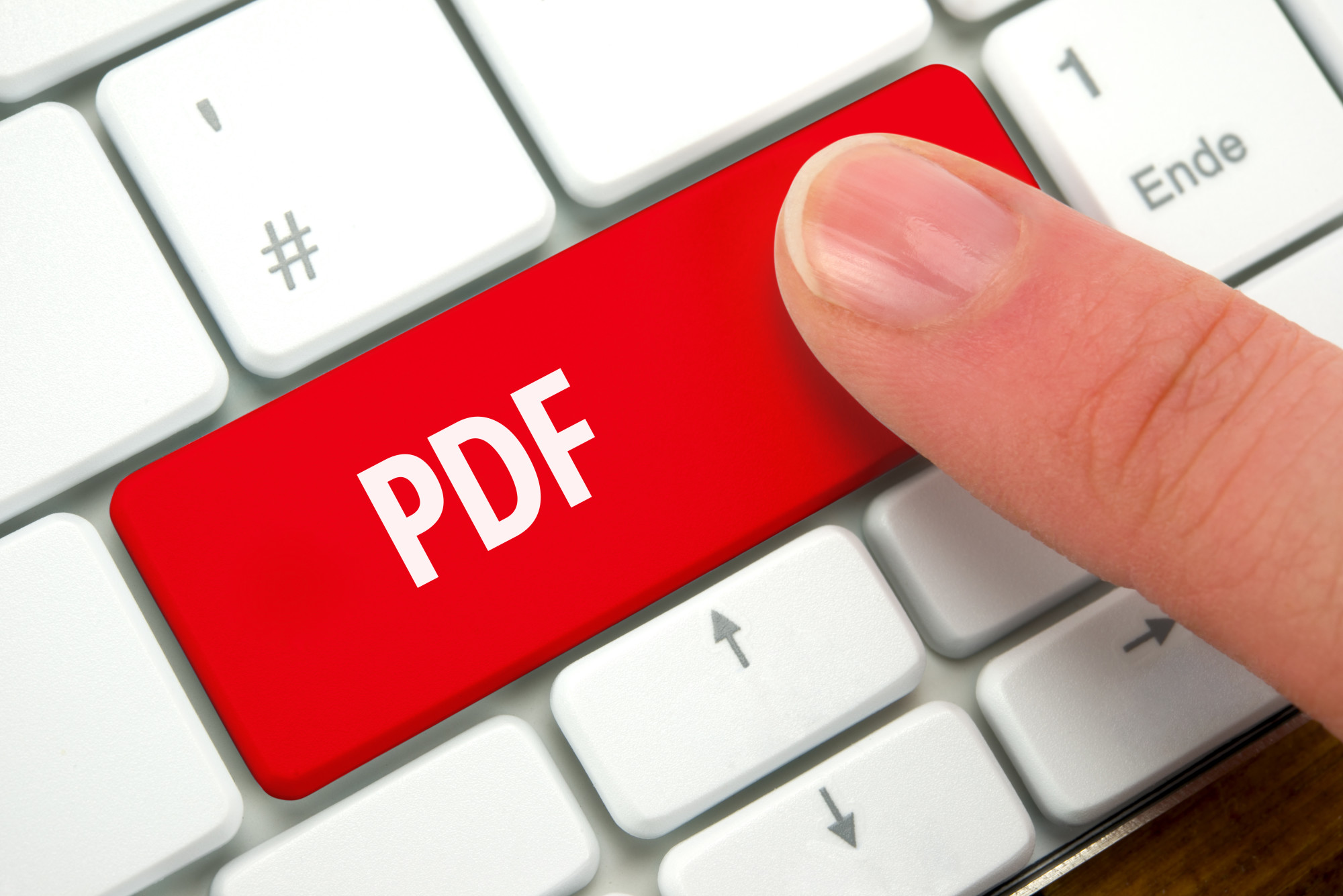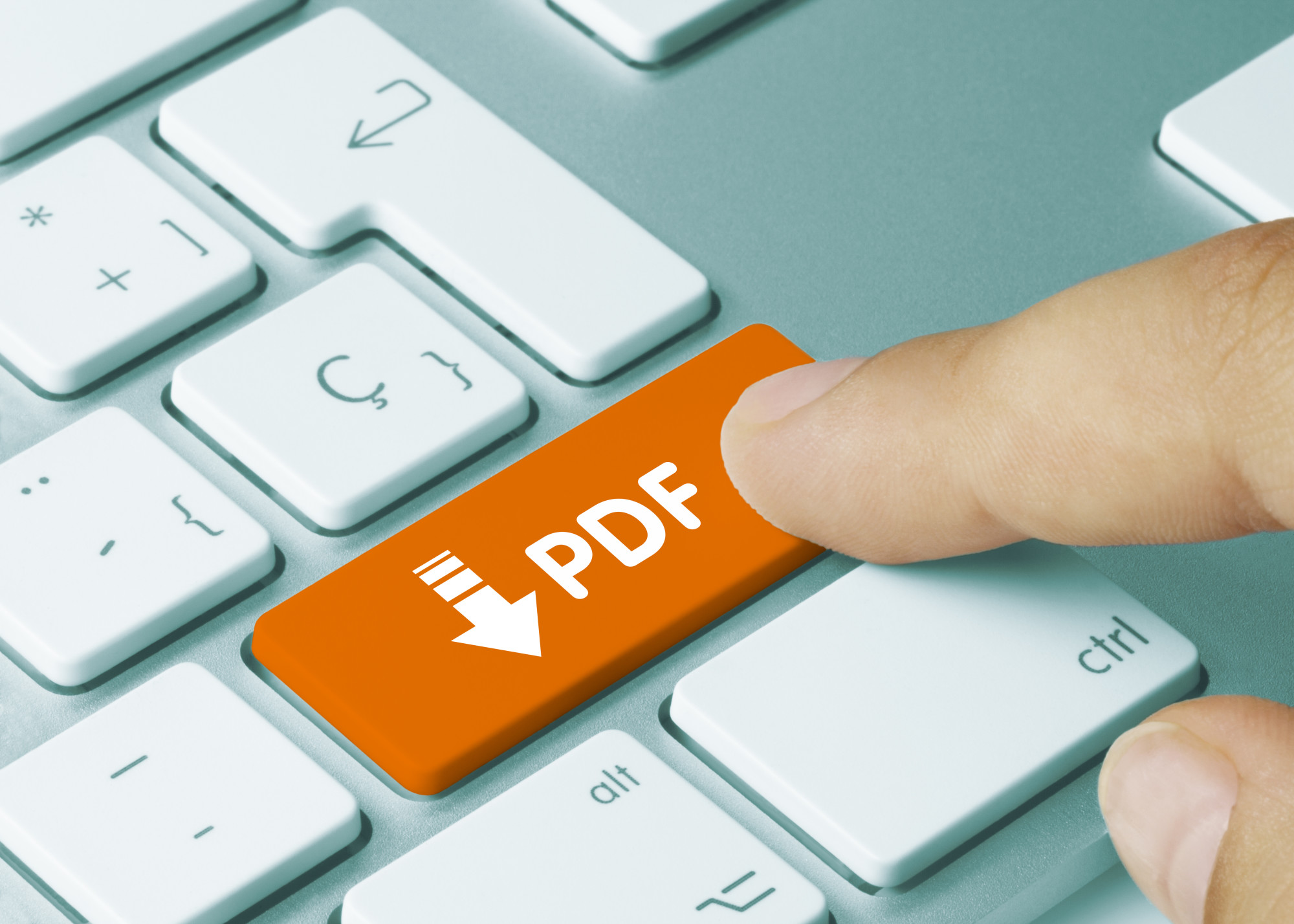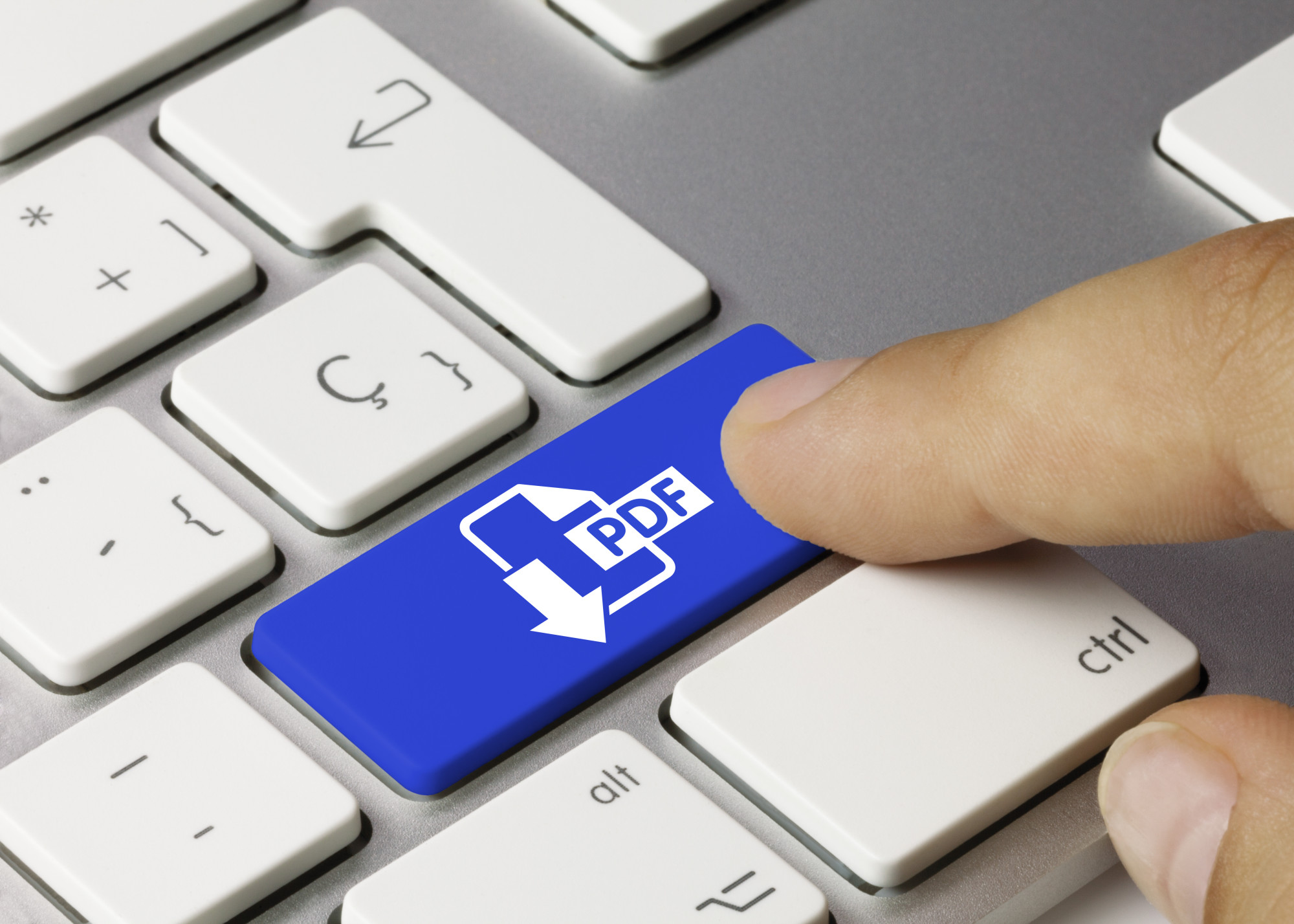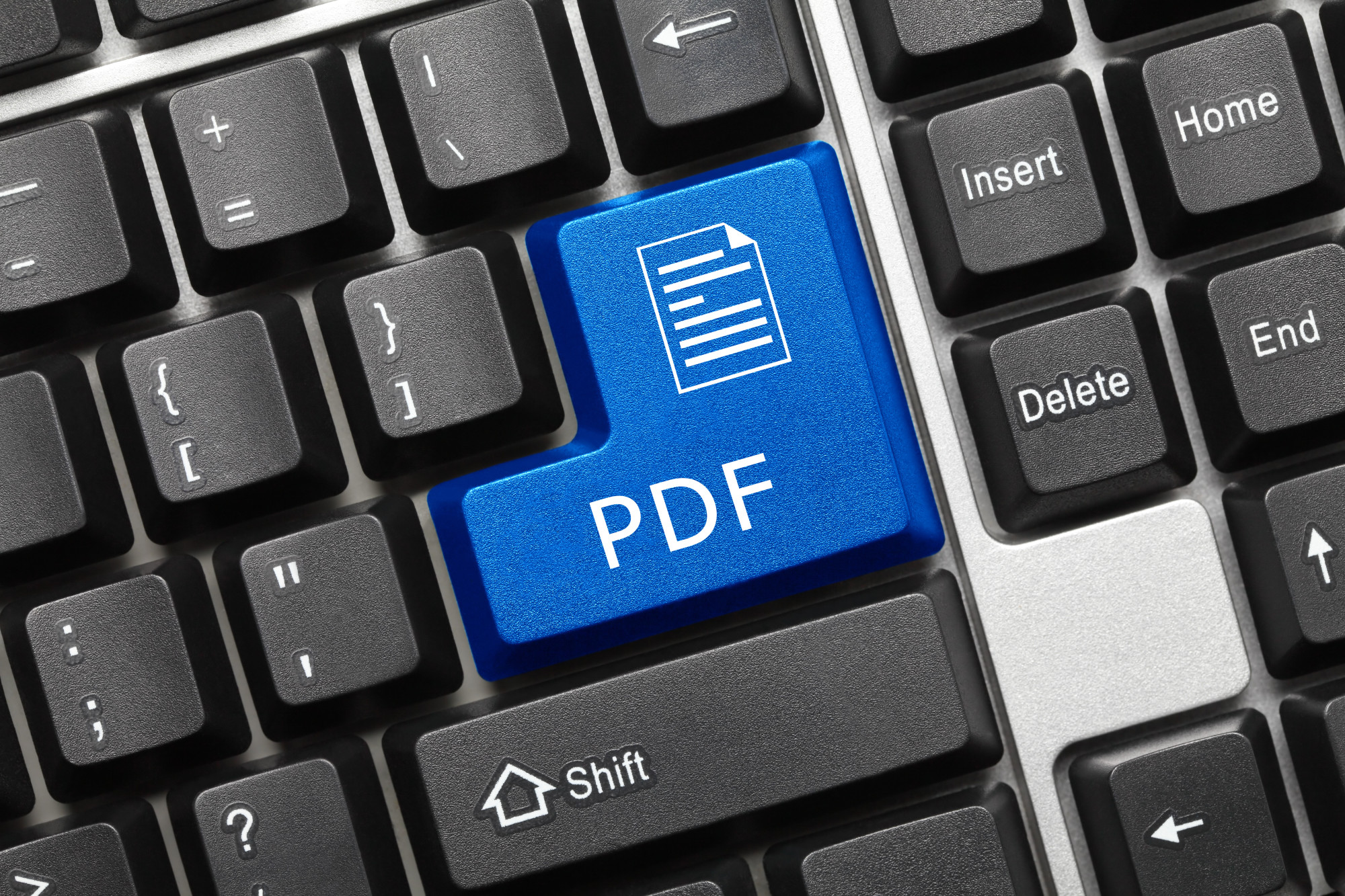A PDF table provides a neat presentation of data, but it does not allow you to manipulate it.
Without any way to edit it, you cannot add entries or delete a row. You’re also restricted from modifying formulas. While anyone can view a PDF file, performing any changes, especially on a table, is very limited.
With so many ways to do the conversion, it can end up confusing and overwhelming.
Don’t fret. We’ve got you covered.
We’ve shortlisted the best techniques to convert PDF to Excel files. Here are three of the most used ways you can choose from:
Technique 1: Using Adobe Acrobat
This is the simplest method, but it offers one caveat – it’s a paid-for application. However, you can still use it with the seven-day trial for Adobe Acrobat Pro DC. If you’re doing a one-off conversion, this technique is a great choice.
The steps to follow are:
- Download and install Adobe Acrobat Pro DC.
- Launch the application and select the Tools tab.
- Click on the Export PDF on the main window under Create & Edit. You can also choose Export PDF on the pane on the right-side.
- Select the file you want to convert and choose Spreadsheet from the list of export options.
- You can click on the Gear icon on the upper right corner to adjust the settings. It allows you to choose the symbols used as data separators and the number of worksheets to create.
- Click the blue Export button and choose the directory location where you will save the file.
The conversion can take a while. It will depend on the complexity of the table and your computer’s speed.
Technique 2: Copy and Paste
Copy and paste is another simple way of bringing the data to Excel. The manual steps you need to do are offset by the flexibility you can get.
You’ll be able to choose which particular rows to copy. You can also arrange the entries while copying and pasting.
The following are the detailed steps:
- Select the data you want to copy.
- Then, use either the keyboard shortcut: “Ctrl + C” or Right-click and choose “Copy” from the pop-up menu.
- Use the Paste Special command in Excel. You can do this with the drop-down option on the Paste button or via the keyboard shortcut “Ctrl + Alt + V.”
- Clean up and arrange the data using Excel features.
Excel provides many Paste Options such as HTML, Unicode, and Text. The results you get will appear in a single column of data, though. You’ll have to perform step three to make the table appear as it would in the original PDF file.
Excel provides several tools and functionalities that can help with the cleanup process. This includes the Remove Duplicates and Text to Columns commands.
While this technique remains to be a popular choice, it has several limitations.
Some PDF files can prevent you from selecting and copying data. Even if you’re successful in copying and pasting, it might still need a manual arrangement.
Technique 3: Using Microsoft Word
Using Microsoft Word can help you lessen, if not rule out, the cleanup process. The table will also have the same formatting and structure most of the time.
In a nutshell, all you have to do is open the file in MS Word. Then, copy the table and paste it into Excel. Here are the detailed steps:
- Open the PDF on Word. You can do this by opening it straight from the MS Office application. Or, you can right-click on the file from the folder, choose “Open with,” then select Microsoft Word.
- A dialog box will pop up, informing you that the application will convert the PDF file into a Word document. Click the OK button.
- Copy the sections you want and paste them to Excel using the shortcut “Ctrl + V” or using right-click and “Paste.”
This technique works well with simple tables. Complex ones usually end up pasting some cells as images, though. In case this happens, you’ll have to type the text yourself.
Technique 4: Use OffDrive
Need to convert your files fast? If you’re working on the go or rushing on a deadline, OffDrive is the best solution. This is a browser-based conversion tool that covers all your file needs.
You can use OffDrive to convert between Excel and PDF. You also have options for Powerpoints, Spreadsheets, and Documents.
Benefits of Transforming PDF Tables to Excel
The advantages of converting PDF tables to Excel go beyond data manipulation. In general, it can boost your everyday productivity.
Data Becomes More Accessible
PDF is a great way to share files across different groups, whether compressed or not. However, it doesn’t leave any room for adjustments.
You might need to add a new column to add more statistics. Converting the data to Excel makes it more accessible for editing.
Opportunity to Update Entries
If you’re using Excel tables for your leads list, you’ll be able to keep the information up-to-date. You can delete outdated contacts and email addresses or even delete duplicate entries.
Run Macros to Automate Tasks
One of the features that make Excel very useful is the ability to record a macro. Using macros allows you to automate a set of actions that you often use when updating tables. This saves you a lot of time because you don’t have to do a manual change of formatting for every cell.
Visual Presentation of Data
Excel has aspects that allow you to show a visual representation of data. You can use these features to turn a boring worksheet into an eye-catching pie chart. With the use of charts and graphs, you can analyze the data in the tables faster.
Convert from PDF to Excel and Manage Tables Easier
These three techniques to convert PDF to Excel can remove the limitations imposed by PDF. You can now maintain your tables and manipulate the data without problems.
Do you want a more encompassing approach? Try to convert your PDF to DOCX format and change the entire content of a file easier.









